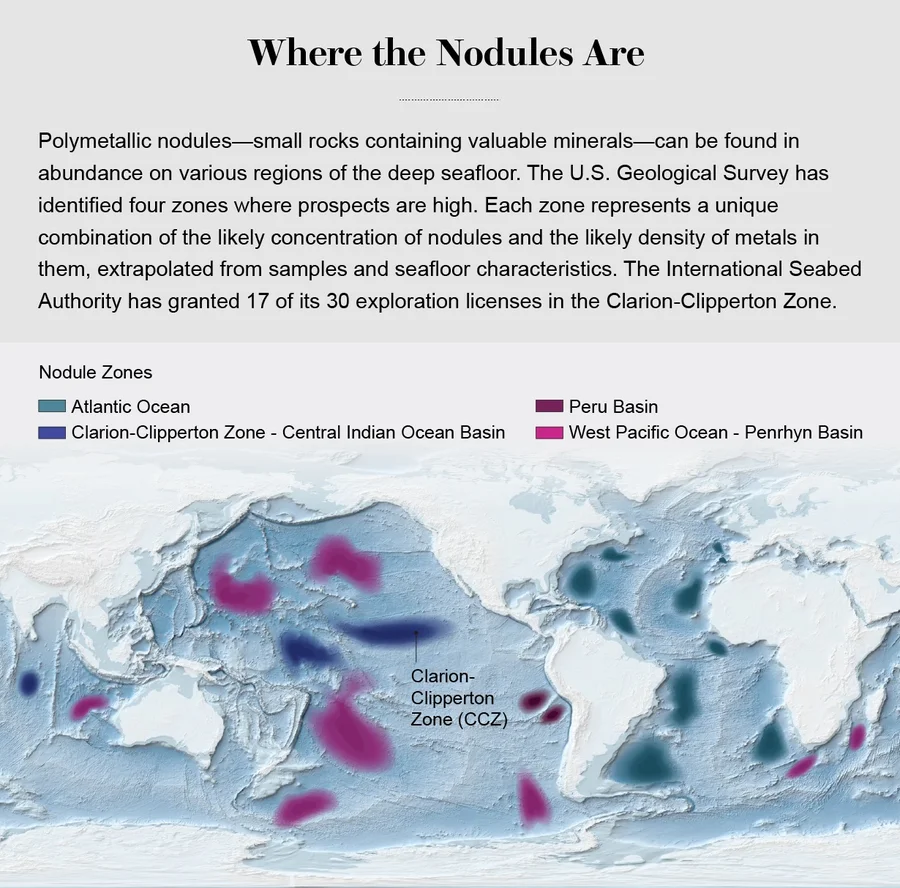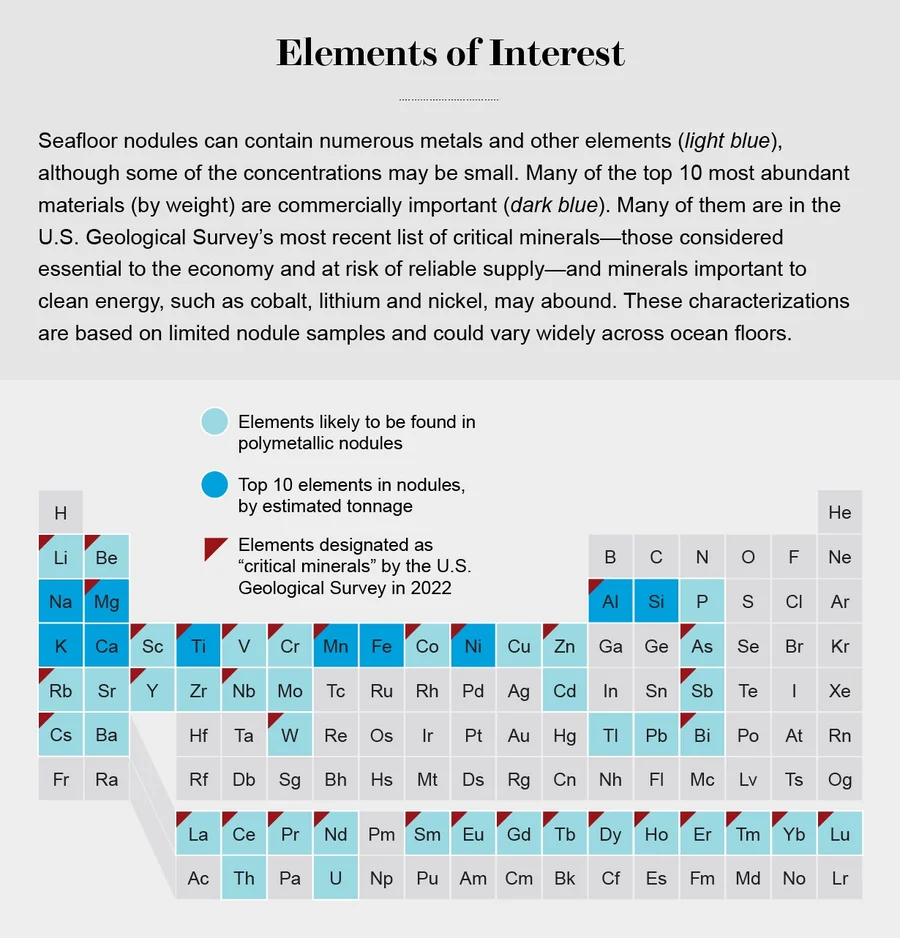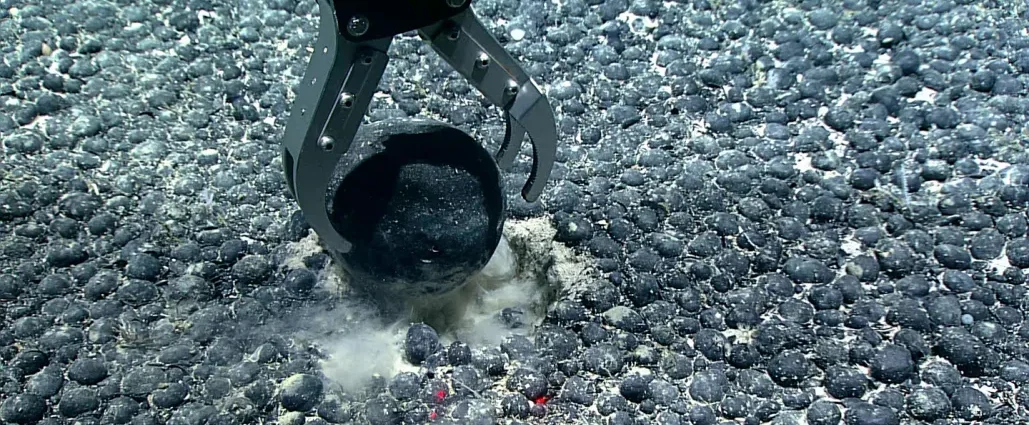The inky depths of the Pacific Ocean hide a surprising secret. Scattered across the Clarion-Clipperton Zone (CCZ) lie peculiar, potato-shaped rocks known as polymetallic nodules. Rich in valuable metals like manganese and cobalt, these nodules have long piqued the interest of mining companies. However, a recent discovery has unveiled an even more astonishing property: they produce oxygen.

This groundbreaking finding challenges our fundamental understanding of oxygen generation. Typically, oxygen is produced by photosynthetic organisms using sunlight. Yet, here, in the perpetual darkness of the deep sea, these inanimate minerals are somehow creating oxygen. This unexpected phenomenon baffles scientists.

The journey to this discovery began with a research team studying oxygen consumption by deep-sea organisms. To measure this, they deployed enclosed chambers on the seabed. But their results were puzzling. It seemed as though more oxygen was appearing than could be accounted for by the organisms alone.

Intrigued by this anomaly, the researchers delved deeper. They eventually concluded that the polymetallic nodules themselves were the source of the extra oxygen. This discovery has opened up a new realm of possibilities for understanding Earth’s oxygen cycle and the complex ecosystems that thrive in the deep sea. As the world grapples with the implications of deep-sea mining, this new knowledge adds another layer of complexity to the debate.
Reference- Nature Geoscience, Scientific American, National Geographic, The Verge






